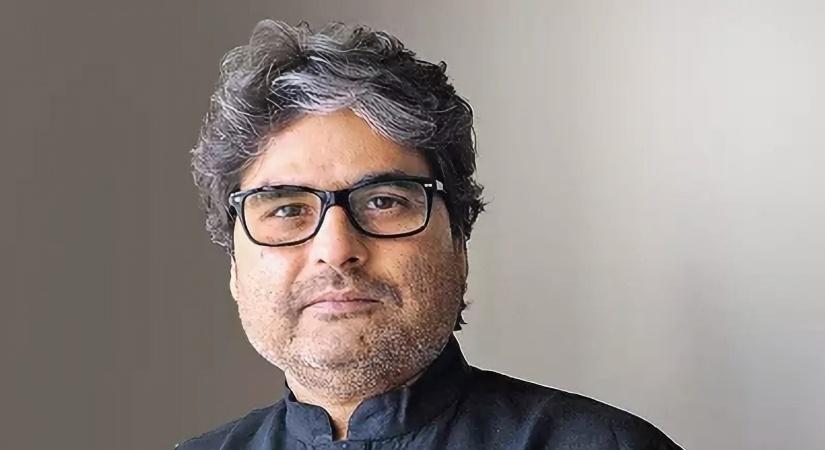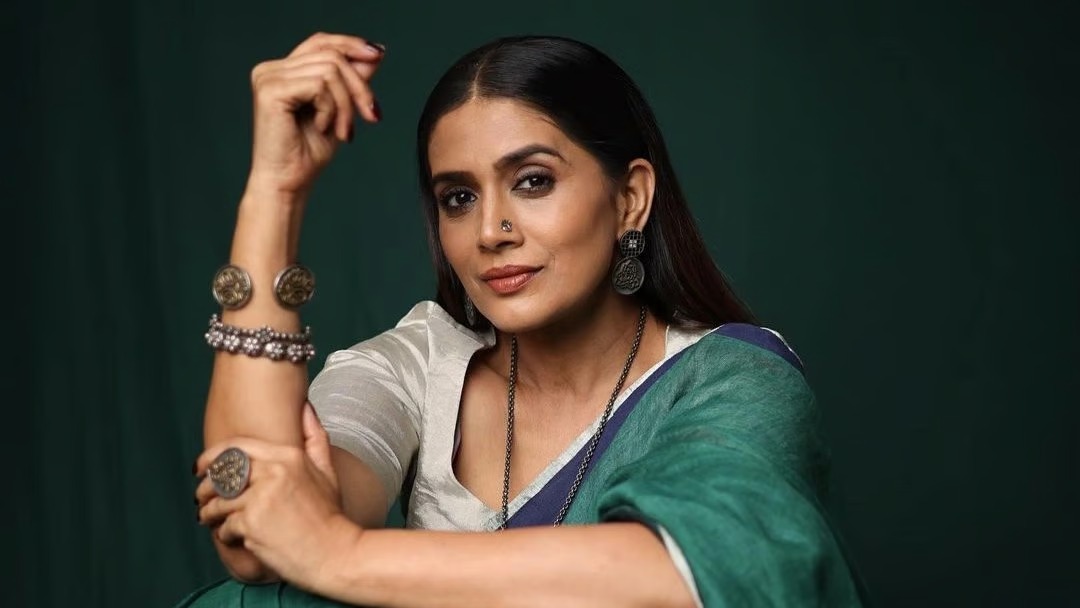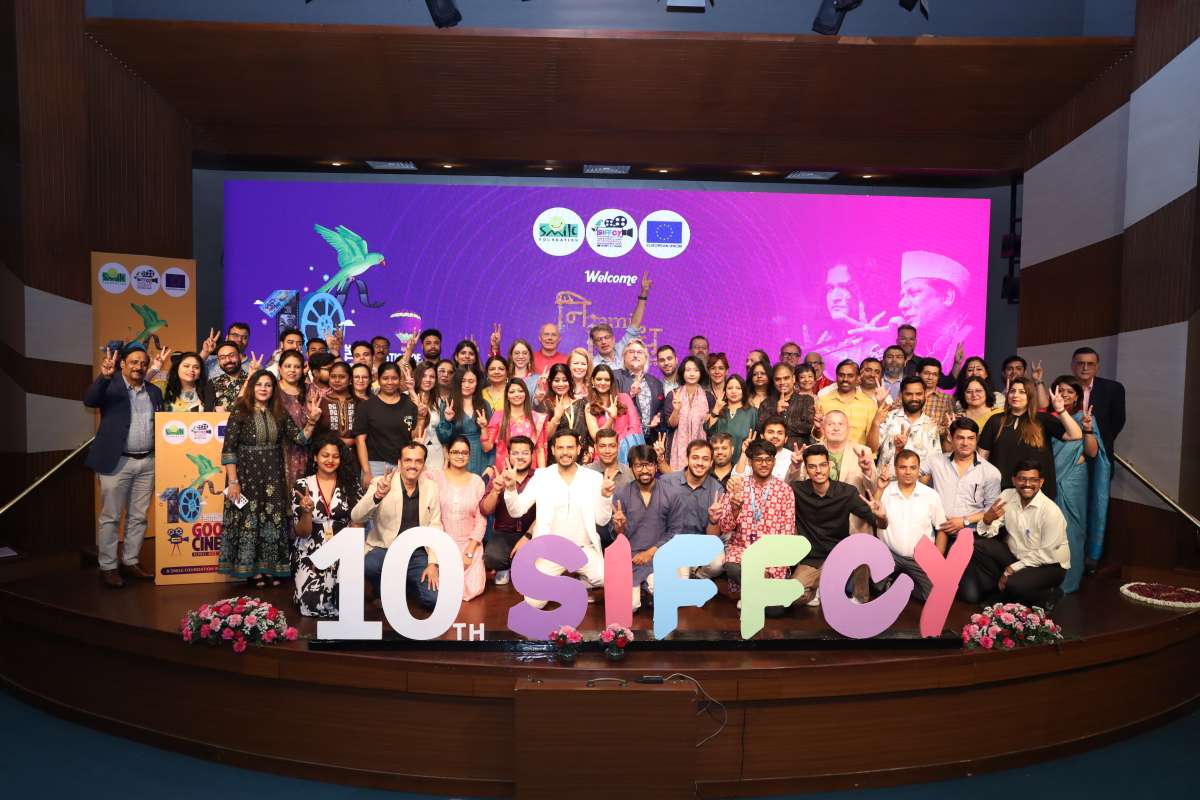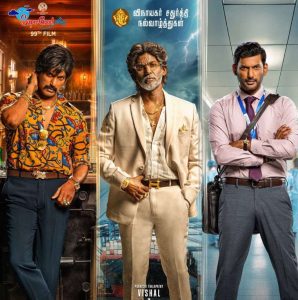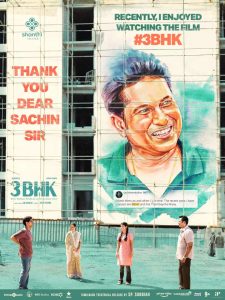Asserting that the primary concern is “what will work in theatres?”, the eight-time National Award winner said, “The number of independent filmmakers has grown, but where are the producers? We could get financers for the kind of stories we wanted to tell, and the way they were told…writes Sukant Deepak
The enigmatic greys of a Kashmir winter in ‘Haider’, the many tones of black in ‘Maqbool’ — with such visual poetry where each note stands out, Vishal Bhardwaj’s cinema has never shouted ‘independent’ but subtly stood out from the movies of his time.
Not hyper-realistic in its treatment, it is Bhardwaj’s visual poetry that makes the thematic essence pull in reality at its most profound.
“What you call visual poetry in my films emerges from the deep-rooted love for poetry that never leaves me,” Bhardwaj told. “Therefore, there is always an effort to lend a certain rhythm and deeper meaning to everything that happens in front of the camera.”
Together with Anurag Kashyap, Dibakar Banerjee, and Tigmanshu Dhulia, Bhardwaj has been instrumental in ushering in a new era in Indian cinema after the almost traumatic 80s when Hindi cinema hit its lowest. He believes, though, that the independent filmmaking movement of the past two decades seems to be regressing now.
Asserting that the primary concern is “what will work in theatres?”, the eight-time National Award winner said, “The number of independent filmmakers has grown, but where are the producers? We could get financers for the kind of stories we wanted to tell, and the way they were told.
“Many of us did not hire commercially viable stars, but still, there were backers. Sadly, financiers have become extremely cautious now.”
Vidhu Vinod Chopra’s ’12th Fail’, however, has renewed Bhardwaj’s belief in independent cinema in these bleak times.
“I feel this is his best film. There is a certain endearing honesty about the movie which has managed to touch audiences. The movie is getting both critical acclaim and commercial success.
“Its success also proves that there is a committed audience for honest cinema that talks about the soil. Not every film needs to be mindlessly violent as we have been seeing in recent times,” observed Bhardwaj, who made his directorial debut with the children’s film ‘Makdee’ in 2002.
With the digital revolution at its peak in the form of multiple OTT platforms, Bhardwaj said the kind of content being seen now was unimaginable a few years ago.
“Be it ‘Sacred Games’ or ‘Paatal Lok’, who could think of exploring such dark themes back in the day? Of course, there is always the fear that a particular genre may take precedence as some earlier work has been extremely successful,” the filmmaker said in his conversation.
Bhardwaj, however, still believes that the true magic of cinema can be experienced only in a theatre and not in the living room.
Stressing that the theatre allows for focused viewing, he said, “There are so many distractions at home — the noise from the street, the doorbell ringing, family members talking, not to mention so much content — I mostly end up closing the computer’s flap without watching anything.”
Talk to him about the ‘new’ writing in OTT and independent films — with writers willing to tell different stories, differently, and he asserts that this is the best time for those who can write.
“They are being paid well and given the respect they deserve,” he said. “The content being produced is excellent. Again, as I said before, the problem is with financers.”
ALSO READ-Ambassadors of Pakistan, Sri Lanka grace Des Pardes short film

